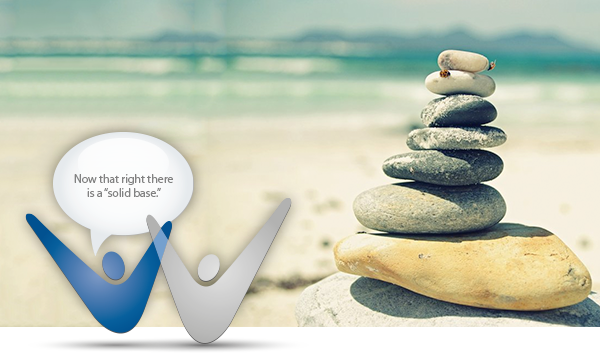
One of the most important parts of running and funding a Nonprofit is also one of the most challenging: developing a solid donor base. The fact is, it takes time.
If you’re struggling to gather supporters who contribute regularly, you just might need to fine-tune your strategy.
Finding supporters who are truly committed to your Nonprofit and its mission isn’t impossible – although it may feel that way at times – but it does require some thoughtful planning. Develop a solid donor base following these three steps:
1. Raise awareness
How many potential donors are even aware that your Nonprofit exists? In order to develop a donor base, people need to have heard of your organization!
One proven method for raising awareness is to have your organization host a large and impactful fundraising event. Attractive events like a sports tournament, dinner gala or a benefit auction will draw in large crowds and help to enhance your Nonprofit’s credibility and status. Before the event, be sure to advertise early and often.
By raising awareness about the event, you’ll simultaneously be spreading the word about your Nonprofit’s mission.
2. Instill a Desire to Contribute
The day of the big event, make sure attendees leave with the desire to support your mission. Dedicate a portion of the evening to informing the attendees about your mission, how their money will be used and why your organization needs funding. Be passionate! You want your attendees to feel like they are part of your mission.
The best way to engage guests is to share stories, not statistics. Get an employee or audience member to tell their personal story, why they got involved with your Nonprofit and what it has done for them. Depending on your cause, this is also a great opportunity to share stories of success. Tug at the heartstrings of your benefactors!
{{cta(‘689b2d98-b14e-45ed-8730-efd270706c75′,’justifycenter’)}}
3. Keep Donors Contributing
Reaching out to donors doesn’t stop after the event is over. Donors may have felt a strong desire to support your mission at the event, but follow up communication is the key to keeping them engaged.
Whenever your donors contribute, whether it’s during or after the event, say thank you with personal phone calls and hand-written cards. For your bigger donors, take it a step further to build a relationship with them and invite them out to lunch or coffee. Be sure to preface your invitation with your intention to gather input from your biggest and most important contributors.
Once you’re on your “Donor Date”, ask for feedback then listen! You don’t have to take everything they say as gospel. The point here is to make them feel heard. Donors who feel heard will continue to stay engaged and be more inclined to donate in the future.
4. Keep Donors Connected
To keep donors up-to-date on the impact their money has made, share your Nonprofit’s progress and goals on a regular basis. One of the most effective – and cheapest – means for doing so is a monthly email newsletter. Email services such as MailChimp offer easy-to-use free accounts for organizations with less than 2,000 on their mailing list. For anywhere north of that you’re looking at $30-$50, which is well worth it to keep you donors connected.
Email campaigns can also be especially useful for fundraising events. Just a few of the most important emails for event organizers to consider include:
- Market Your Event: These emails should start going out 3-4 months in advance, with an updated version going out every couple weeks. Tease your audience with a preview of the event’s entertainment or auction items if you have them. Build excitement!
- Event Registration: Start sending a link to the ticket/registration page at least 1-2 months prior and keep them going every week until the event.
- Event Recap: Share your fundraising total, include stories from the event, highlight winners, etc. This can go out anytime after the event, but its usually best to keep it within 1-2 weeks to stay relevant.
 In every email you send to your mailing list – whether its for an event or just a general newsletter – make sure there is an easy and obvious way for the recipient to make a donation on the spot. Create a conspicuous “Donate” button that takes them to a donation page and place it in the same place on every email.
In every email you send to your mailing list – whether its for an event or just a general newsletter – make sure there is an easy and obvious way for the recipient to make a donation on the spot. Create a conspicuous “Donate” button that takes them to a donation page and place it in the same place on every email.
Another important section to include on every email is a feedback section. Make sure you are always asking donors for their input and advice on future projects. It’s important that donors feel like they are contributing more than just money. You can do this by including a link to a survey or telling them to respond to the email.
For more practical tips on developing donor relationships via email, check out our FREE eBook, “Beginner’s Guide to Email Event Promotion.”
{{cta(‘661274c0-1d2e-4806-a547-596f67dbe59d’,’justifycenter’)}}
Remember, developing a solid donor base takes patience and focus, but with the right strategies and dedication, you’ll soon have a quality group of donors to help your organization achieve long-term success.


